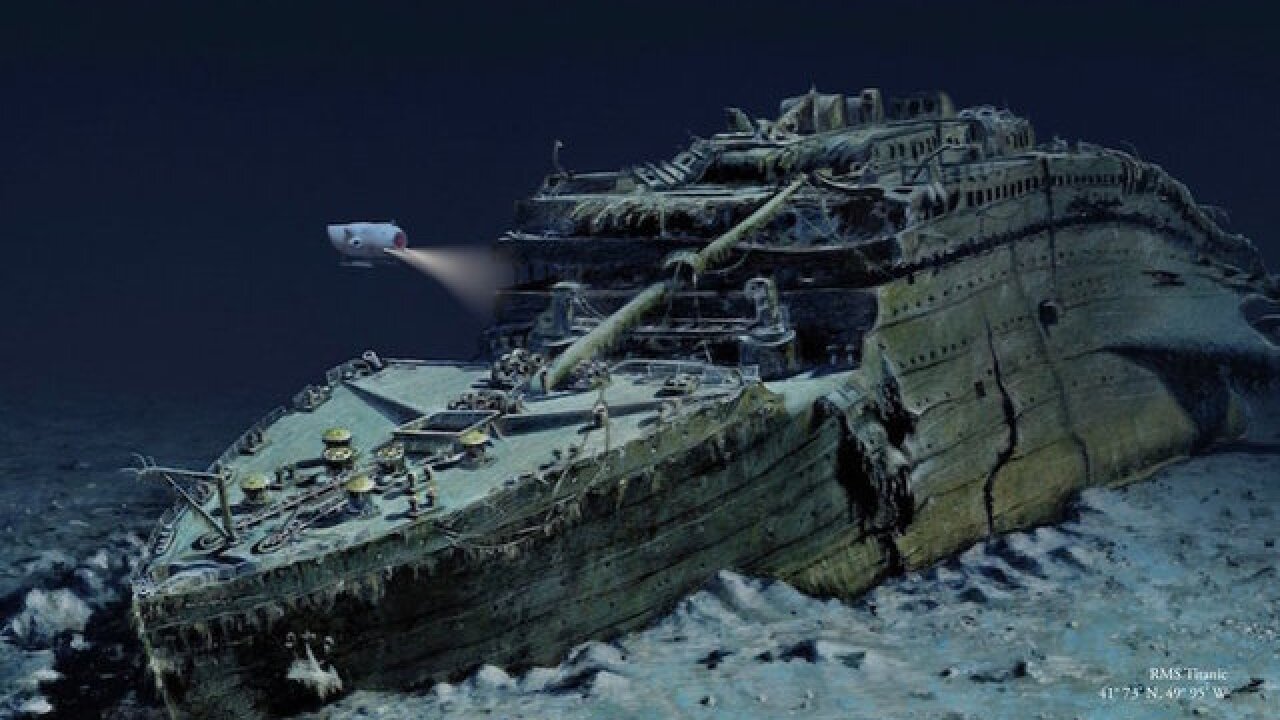Today is Rare Disease Day (February 29! Get it?). By the very term “rare diseases,” it’s easy to think that this is a tragic but small issue affecting a small number of people. This is anything but true. For starters, a rare disease is defined as any illness which affects fewer than 200,000 Americans. That’s already a large number to cap off a disease as “rare.” Add on top of that that there are 6,500 rare diseases (and that’s just the known ones), and you begin to appreciate the scope of the problem. 25 million Americans suffer from at least one known “rare disease” – that’s 1 in 12 people, 8.5% of the entire population. And just like that, it doesn’t seem so rare anymore.
As you all know by now, I have Ehlers-Danlos Syndrome, a “rare” connective tissue disorder that has been, and will be, the greatest trial of my life. The irony about EDS is that most doctors who actually treat it do not think it is a rare disease, and even the official estimates of how many people are affected have doubled every ten years since 1970. But because EDS is considered a rare disease, that means potentially millions of people are going undiagnosed, and those of us who are diagnosed have access to very limited research or medical advances.
There are two things I would like to ask each of you to consider. First and most importantly, if you have been suffering from global joint pain, tendon/ligament injuries, and/or muscle spasms, please look up the “Beighton Scale” and see if you might actually have EDS. If you think you do, don’t be scared – nothing’s changed about you from yesterday to today. But then check with your doctors to confirm your diagnosis, so that you and your doctors can help make sure that you get more appropriate treatment and can stay away from potentially harmful interventions.
Second, as I mentioned, there is very little research being done for rare diseases, which leaves me and so many of my friends with a rather bleak outlook. With 1 in 12 people having such a condition, surely you know and love at least one. Please look up organizations for any rare disease, and consider making a donation toward research for that condition. For me, it would be the Ehlers-Danlos National Foundation’s Center for Clinical Care & Research. It’s very important to spread awareness of rare diseases, but academic, clinical, and pharmaceutical research are where life-changing treatments begin. Please take this day to not just acknowledge the trials of people with rare diseases, but also to help us work toward a better future, and in some cases, a future at all.
Lastly, I want to give a shoutout to all of you with chronic conditions, physical or psychological, rare or not. I’ve said this before, but I have found that the people whom society has deemed to be the weakest are inevitably the strongest. You all have my respect and my love.
I also want to acknowledge all the caretakers out there, the people who keep us healthy, keep us laughing, and keep us loved.
And an extra special shoutout to my fellow advocates out there from around the globe, from all different causes, many of whom I’ve had the great privilege to know and work with over the years. Your passion, commitment, and bravery is a constant inspiration to me, and has kept me going on many a day.
Thank you so much for reading this.
Love,
Michael




